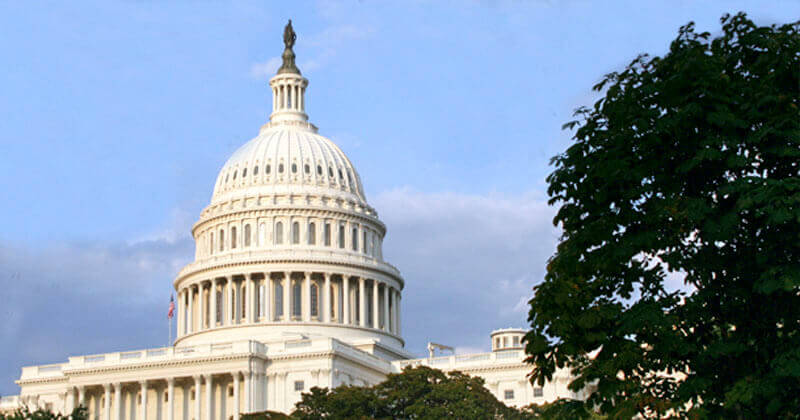Ashley BennettGHTC
Ashley Bennett is a Policy and Advocacy Officer at GHTC.
Going into December 2012, Congress had neither completed its work on the federal budget for fiscal year (FY) 2013 nor decided how to avoid sequestration—widespread and indiscriminate cuts to all federal programs. On January 1, just before sequestration was scheduled to take place, a deal was finally reached between the White House and Congress. However, instead of approving a long-term balanced solution, policymakers have transferred and delayed sequestration only temporarily. Below, we provide a summary of what the compromise means for the federal budget, and what might happen to global health and international development programs.
Sequestration
Just after the New Year, President Obama signed into law and Congress enacted the American Taxpayer Relief Act (ATRA). The legislation delays sequestration for over two months. It also reduces the level of the total cuts that would occur under sequestration from $109 billion to $85 billion.
The new ‘fiscal cliff’ date is March 27, which is when the new FY2013 sequester is now scheduled to occur. Not coincidentally, that is the same day that the FY2012 continuing resolution, now funding the government, expires. And it will also be about a month after the United States will reach its debt ceiling. Negotiations on raising the debt ceiling will no doubt be tied to the debate over a long-term budget plan to avoid further sequestration cuts.

The fiscal cliff deal instructs the Administration to release a report on sequestration on March 1, before the cuts occur. For now, we don’t know exactly what the impact of the new sequestration—which is looking more and more likely—would be on global health research and development (R&D) programs for FY2013. Assuming that all programs are cut proportionately, most global health and R&D programs would likely be cut by 5.9 percent in FY2013 (instead of the previous value of 8.2 percent). As an example, global health programs at the State Department and US Agency for International Development (USAID) would see an estimated cut of $482 million, and the overall National Institutes of Health (NIH) budget could be cut by an estimated $1.8 billion.
During the discussions in March, it’s possible that Congress will make any number of decisions regarding the budget and sequestration—including constructing a long-term budget deal that nullifies sequestration, or delays it yet again. Given the lack of transparency around the budget negotiations, any attempt to quantify the impact on agencies and programs is just speculation at this point.
FY2013 & FY2014
The difference between the old sequestration level and the new one is paid for through changes in retirement savings and tax laws, as well as a reduction in the federal budget caps for FY2013 and FY2014. FY2013’s budget cap is now $4 billion lower than it was two weeks ago. Therefore, if Congress creates a new spending package for the rest of FY2013 in March, a total of $4 billion will need to be cut from the total federal budget.
This would translate to roughly a 0.4 percent cut across global health programs—if the cuts are distributed proportionately. However, Congress also has the option to extend the continuing resolution FY2013 through the rest of the fiscal year, which would result in cuts higher than 0.4 percent.
During December 2012, congressional appropriations staff did agree on most of the FY2013 appropriations legislation. It appears that funding for global health programs at USAID fared well, and could be as high as $8.4 billion. This compares with USAID’s funding level of $8.167 billion for FY2012. However, until Congress debates these issues in March, we won’t know for sure if that agreed level will stick. For other global health and R&D programs at NIH, the Centers for Disease Control and Prevention (CDC), and the US Food and Drug Administration (FDA), it’s less clear whether there has been agreement in Congress. The legislation that funds NIH, FDA and CDC, for example, is always one of the most contentious budget debates in Congress.
Adding one more wrench to the usual appropriations process going forward, the Obama Administration needs more time to prepare its budget request for FY2014. While normally we would expect this in early February, it is more likely that this will be at least a month late, which could result in a contracted appropriations season.
The sweeping, indiscriminate cuts that sequestration—both old and new—would entail will ultimately damage progress in global health R&D. As the March debates over the federal budget begin, Congress should find a way to get the appropriations process back on track and commit to a balanced, thoughtful, long-term plan that protects smart, effective, life-saving investments in global health R&D and other humanitarian programs.